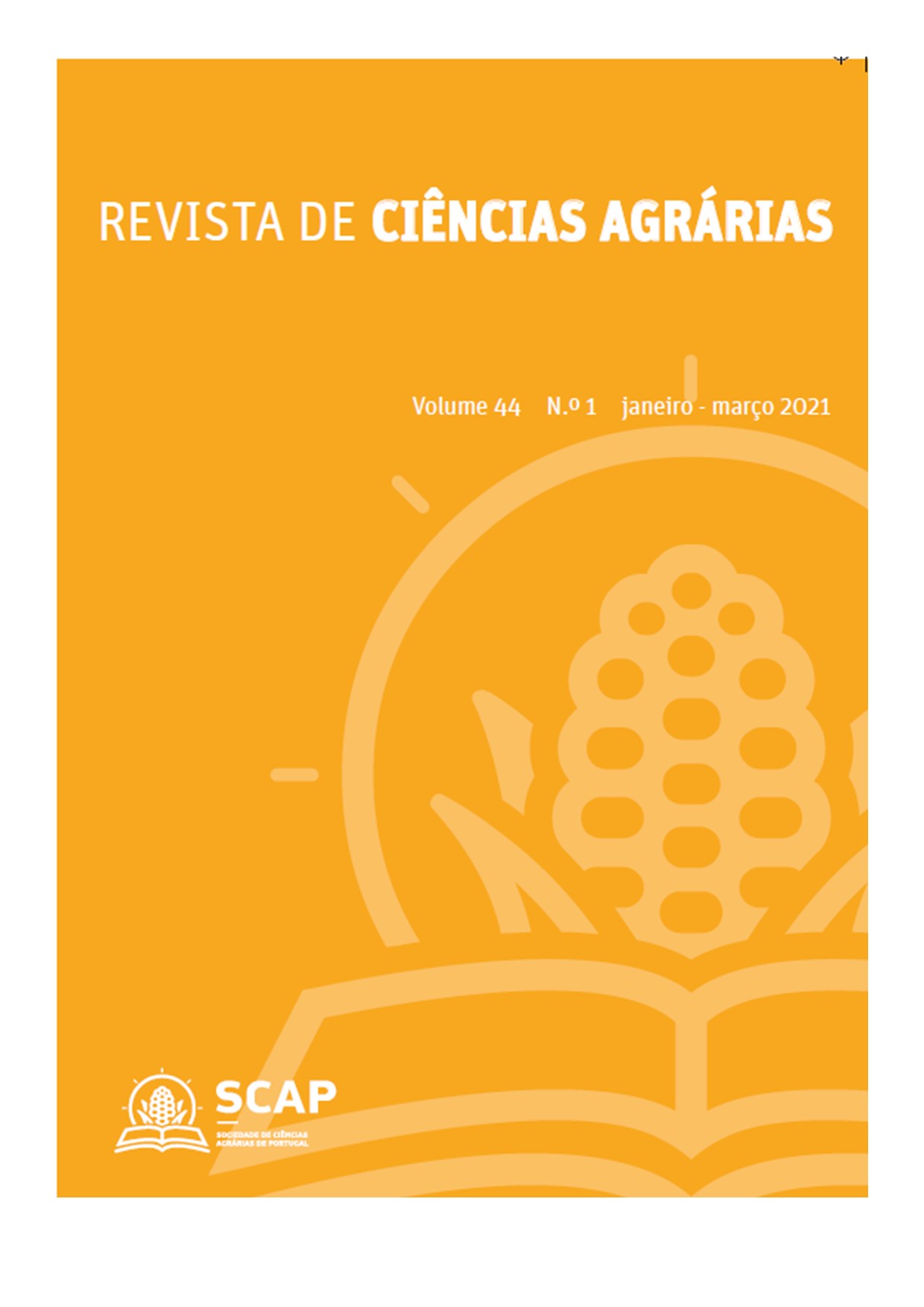Caracterização química e textural de solos sob diferentes manejos em área de assentamento da reforma agrária no Sudeste Paraense, Brasil
DOI:
https://doi.org/10.19084/rca.24009Abstract
The southeastern mesoregion of Pará has a considerable number of rural settlements which cultivate Manihot esculenta Crantz, being necessary to investigate about cropping systems to signal strategies that may potentialize the production. This study aimed at evaluating the chemical and textural soil characteristics in five different environments in the 26 de Março Settlement Project, Marabá-PA. It was performed the collection of a sample composed of soil at a depth of 0-20 cm from three areas of cassava cultivation, one from forest area and other from degraded area. The experimental design used was randomized blocks with four replications and five treatments. Data obtained were subjected to analysis of variance and the means were compared by Tukey's test at the level of 5% probability, and the analysis of main components, by using the free R software. The texture in the studied areas is predominantly sandy. Low phosphorus levels are found for all, including less than ideal magnesium levels for small and medium-sized farmers areas. The potassium content is high and there are no differences in the studied areas for producers. The indicators of soil acidity prove to be the main limiting factors in the study areas for better performance in crop yield.


